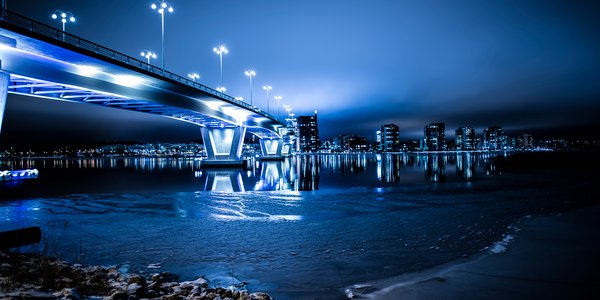How to achieve high luminous efficiency and low cost of LED fluorescent lamps
The high luminous efficiency of LED fluorescent lamps is a very important indicator, which directly reflects the quality of LED tubes. How can we achieve the best price/performance ratio?
2835 single lamp beads have 0.12W 14-16LM (chip size is 10*23nm) and 0.2W 22-24LM (chip size is 10*30nm), both of which are suitable for daylight. It depends on how we choose led lamp beads.
- Comparison of advantages and disadvantages:
(1) Single brightness lm, 2835 lamp bead 0.2w uses vertical packaging structure: the chip is directly connected to the heat sink, and the area of the heat sink is about twice that of the early 3014 single 0.1w, which further improves the heat dissipation of the lamp bead itself Performance, which can withstand higher current (0.2w 40-60mA), higher brightness, excellent heat dissipation performance design, but also more guarantee for the light attenuation and life of the LED chip; some single chips can reach 32LM brightness, light efficiency Quite high, but the cost is correspondingly expensive.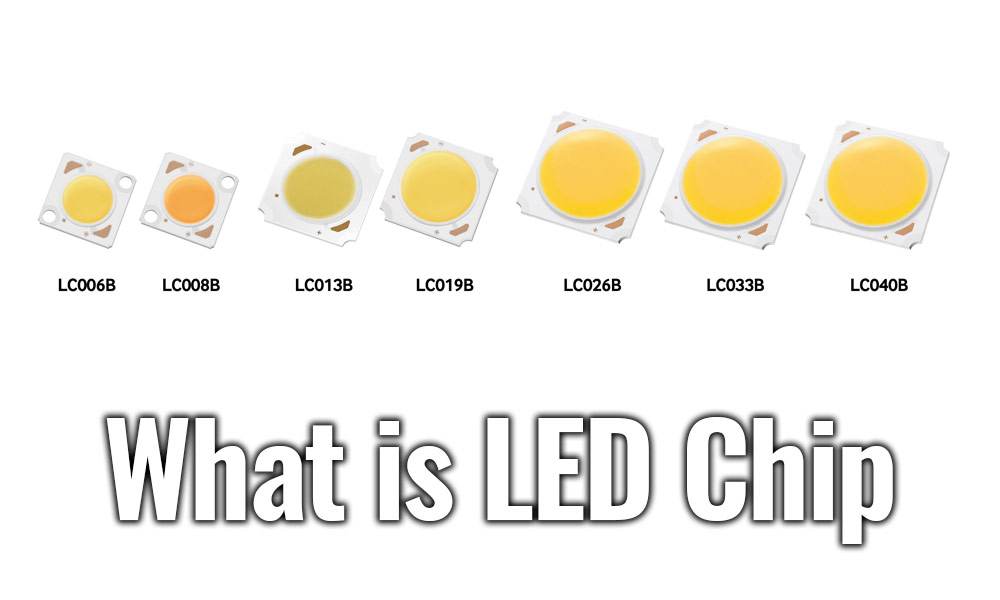
(2) Lamp bead structure: 2835 thickness is also 0.8mm, which can solve the spot problem of 3528 single 0.06w 5-7lm; super large light-emitting surface (square light-emitting surface): can increase the light output rate: reach 90-120%.
(3) Cost accounting:
- Choose to use the 2835 with 0.12W 15LM, the 18W fluorescent lamp needs 120 lamp beads, the cost of the light source is: 120 * 0.18 yuan / particle = 21.6 yuan, increase the cost of the patch. The brightness of the light source is 120*15lm=1800lm, and the brightness of the whole lamp is: 120*15LM (the brightness of a single lamp bead is the middle value) *0.9 (power factor) *0.86 (light output rate)=1393LM (the whole lamp Brightness removes loss).
- Choose 2835 with 0.2W 22LM. The 18W fluorescent lamp needs 96 lamp beads. The cost of the light source of the lamp panel is: 96*0.2 yuan/cap = 19.2 yuan, the brightness of the lamp board is 2112lm to make the brightness of the whole lamp is :96*22LM (the middle value of the brightness of a single lamp bead)*0.9 (power factor)*0.86 (light output rate)=1634LM (brightness of the whole lamp).
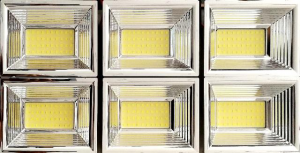
Second, the final conclusion, in comparison, the use of high-efficiency lamp beads has a more obvious impact on the overall lighting effect. The luminous efficiency is low. Despite the use of multiple lamp beads, the cost increases, the number of patches increases, and the reliability decreases. Although there are few lamp beads, the single luminous efficiency is high, which not only reduces the cost, but also increases the luminous efficiency.
How to improve the light efficiency of white LED
1. The blue chip-type white LED improves light efficiency
- Improve the internal quantum efficiency to produce more blue light in the active region and reduce the absorption of blue light output. With the development of epitaxial growth technology and multiple quantum well structures, the internal quantum efficiency of ultra-high brightness light-emitting diodes has been very large The improvement of blue LED has reached more than 90%,
- b) Improve light extraction efficiency. Use flip-chip structure to avoid the electrodes and gold wires of the front-mounted structure from blocking the light; balance the contradiction between the transparent conductive film absorption and diffusion current; the bottom reflective layer reflects the blue light toward the front light direction; the surface pattern or surface Roughening technology avoids excessive total reflection of light caused by the large difference in refractive index; packaging materials close to the refractive index of the chip,
- c) Improve the external quantum efficiency of phosphor photoluminescence conversion. Research and develop phosphor materials and ratios with high photoluminescence conversion efficiency.
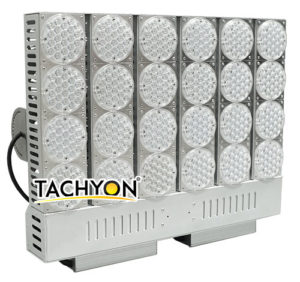
- d) Improve the light emission efficiency of the package. The high refractive index of the packaging material is conducive to the extraction rate of the light from the chip, but it will also increase the refractive index difference with the air; for the flat package, it causes total inward reflection between the interface with the air Increase, thereby reducing the light output rate. Therefore, a second transparent encapsulation layer with refractive index transition can be considered on the flat package; in addition, for the non-planar package, the thickness and thickness of the phosphor coating should be improved. The shape and the shape of the package structure avoid excessive total reflection of the emitted light caused by the large difference in refractive index.
The highest luminous efficiency of the blue chip white LED is mainly limited by four parts:
①The internal quantum efficiency of blue light is estimated to not exceed 90% (under the influence of higher temperature, and low power can reach about 95% at room temperature),
②The light extraction efficiency of the epitaxial layer is estimated to not exceed 85% (the total reflection angle determined by the material refractive index of GaN and silica gel or epoxy resin for the front-mounted structure and the vertical structure is about 42°; the total reflection of GaN and Al2O3 for the flip-chip structure is critical The angle is about 46°, and it is estimated that it will not exceed 75° after image optimization and other processing),
③The highest quantum efficiency of blue light converted to white light is estimated to not exceed 70% (the highest visual efficiency is lossless single-spectrum 555nm green light, and the photoluminescence efficiency of all blue light converted to 555nm monochromatic green light does not exceed 78%),
④The efficiency of the phosphor layer white light emitting ball package is not more than 95% (the emission rate of the flat package may be much lower, and people usually pay less attention to this item, because the total reflection of the light from the silica gel or epoxy resin to the air The critical angle is only about 42°).
The overall light efficiency of these four parts is estimated to not exceed 50%, which means that the light efficiency of the blue chip white LED will not exceed about 340Lm/W.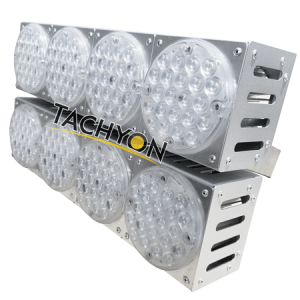
According to reports, the world’s highest luminous efficiency white LED is currently 303Lm/W declared by CREE in March 2014, which is close to the limit of the white LED luminous efficiency predicted in the analysis above.
China’s current localized LED light efficiency has gradually caught up with the international advanced level. Many years ago, the team of Nanchang University in China used pre-grid etching on silicon wafers to alleviate the cracks and dislocation defects caused by the large difference in thermal matching during the cooling process after growing GaN, and adopted special measures to improve the “dense distribution of” key components of MOCVD equipment. “Through pipe” to improve the uniformity of GaN growth and other independent patented technologies, breaking through the key technology of high-efficiency GaN-based blue light-emitting diodes on silicon substrates, becoming the third country to master blue LED independent intellectual property rights after Japan and the United States. It broke the long-term monopoly of Japanese sapphire substrates and American silicon carbide substrates in the core technology of international LED lighting, and formed a global tripartite power with Japanese and American technologies.
According to the data of the “2018 China Semiconductor Lighting Industry Development Blue Book” released by the China Semiconductor Lighting Engineering R&D and Industry Alliance: “In 2018, China’s industrialized white LED light efficiency level reached 180Lm/W, silicon-based yellow light (565nm@20A/cm2) The conversion efficiency is 24.3%, and the silicon-based green light (520nm@20A/cm2) electro-optical conversion efficiency is 41.6%”, which is gratifying.
However, in the semiconductor integrated circuit industry, if mainstream large-size silicon wafers such as 8 inches and 12 inches are to be applied to the LED lighting industry on a large scale, the current mainstream is still the small-size sapphire substrate below 6 inches. The LED lighting industry chain has formed a pioneer. In the case of advantages, the mature technology and low-cost advantages of the silicon wafer itself cannot be brought into play. It is expected that it will be necessary to wait for the packaging equipment and other industry chains to upgrade to the mainstream use of 6-inch or more substrates, and the high-volume demand for silicon-based LEDs will continue to return to their original low-cost process than sapphire and gallium nitride substrates. With many advantages, the market prospects for silicon-based LED applications are now very bright.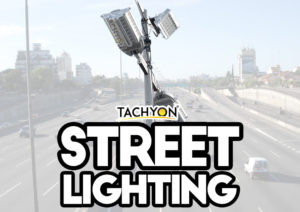
2. RGB white light LED improves light efficiency
In the early days, because the luminous efficiency of red light, especially green LED, was not high, the RGB type composed of three red, green and blue LEDs was limited to display or decorative lighting purposes. With the gradual improvement of the light efficiency of green LEDs, the RGB type White LED enters practical lighting. The main advantages of RGB white light LEDs are: First, no phosphors are needed to convert light. This alone can theoretically reduce at least 20-30% of the photoluminescence energy conversion loss in blue chip white light LEDs.
Secondly, the color temperature and color can be easily adjusted, which is very important in the application of smart smart lighting. However, the main disadvantage of RGB white LEDs is that the luminous efficiency of green LEDs is still not high, resulting in the total luminous efficiency is currently much lower than that of blue chip white LEDs. In addition, the three RGB LEDs need to be strictly selected with luminosity and chromaticity distribution. The light color distribution curve of the three red, green and blue LEDs should be smooth and consistent and the projection direction should be the same, otherwise the luminosity and chromaticity unevenness at different distances and directions will be serious, and there are three types of red, green and blue LEDs. Three sets of power supply systems complicate the drive circuit and increase the cost.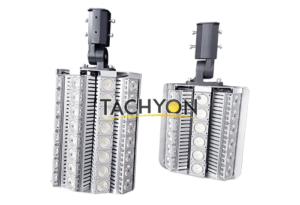
3. Ultraviolet chip-type white LED improves light efficiency
The uneven distribution of luminosity and chromaticity is an inherent defect of blue chip-type white light LED and RGB-type white light LED, but the degree is different.
Because the human eye does not perceive ultraviolet light, the ultraviolet light emitted by the ultraviolet LED chip is absorbed by the red, green and blue phosphors in the packaging coating and converted into white light, so the ultraviolet chip-type white light LED has no chromaticity distribution like traditional fluorescent lamps. The problem of unevenness, the uniformity of luminosity is also much better than the blue chip type and RGB type, which is its biggest advantage.
The main disadvantage of the ultraviolet chip white LED is that generally speaking, when the spectral envelope of the phosphor photoluminescence conversion is similar to the continuous spectrum of the blue white light, the luminous efficiency of the ultraviolet chip white LED is higher than that of the blue chip. Low, the shorter the ultraviolet wavelength, the lower the conversion efficiency (the phosphor light conversion efficiency under 254nm ultraviolet light does not exceed 50%), and the difficulty of production increases exponentially, so it is theoretically impossible to use short-wave ultraviolet chips for lighting. Make white LEDs.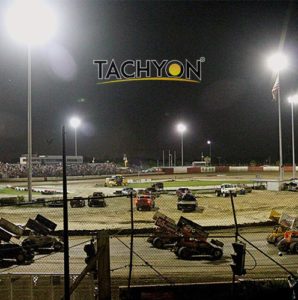
In addition, it is necessary to develop high-efficiency phosphors for long-wave ultraviolet excitation. Moreover, experts suggest that the spectrum emitted by the phosphor after conversion should be like the three primary colors of energy-saving fluorescent lamps. The red, green and blue colors form a discrete discontinuous spectrum, each of which is a narrow spectrum, and the green peak should be close to 555nm, which has the highest light efficiency. The combination of green light and red and blue light may easily exceed the limit luminous efficiency of the 340 Lm/W blue chip-type white light LED. Of course, even if the phosphor can do this, if the current LED chip’s half-width half-width is too wide, it cannot match the very narrow half-wavelength half-width of the 254nm working ultraviolet light produced by low-pressure discharge in traditional fluorescent lamps, the effect may still be poor.

